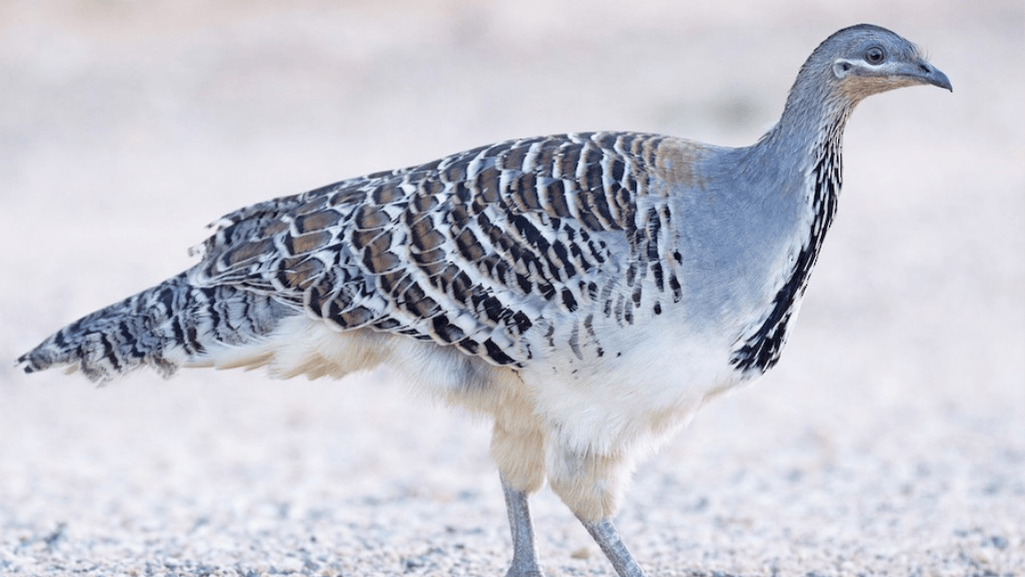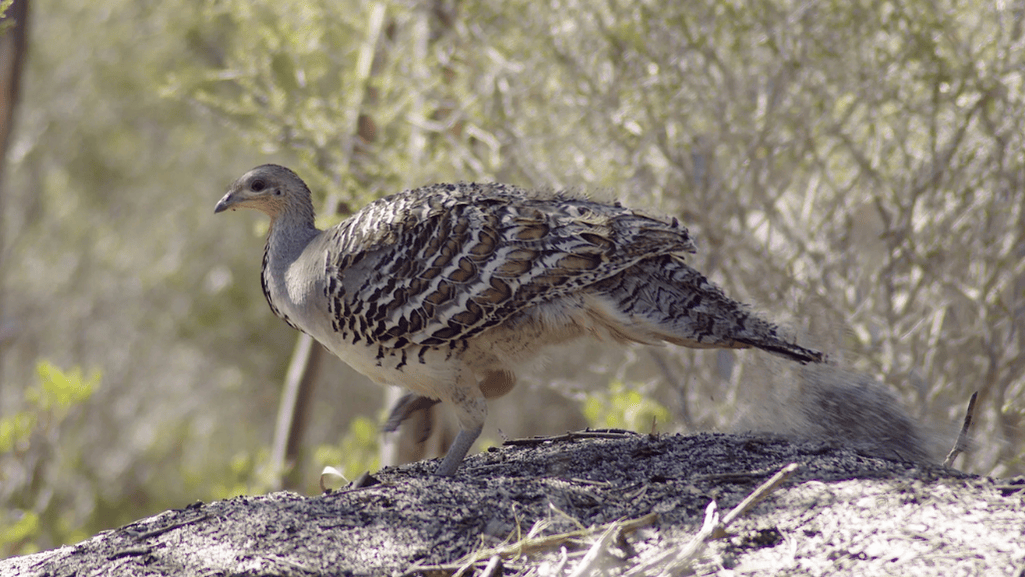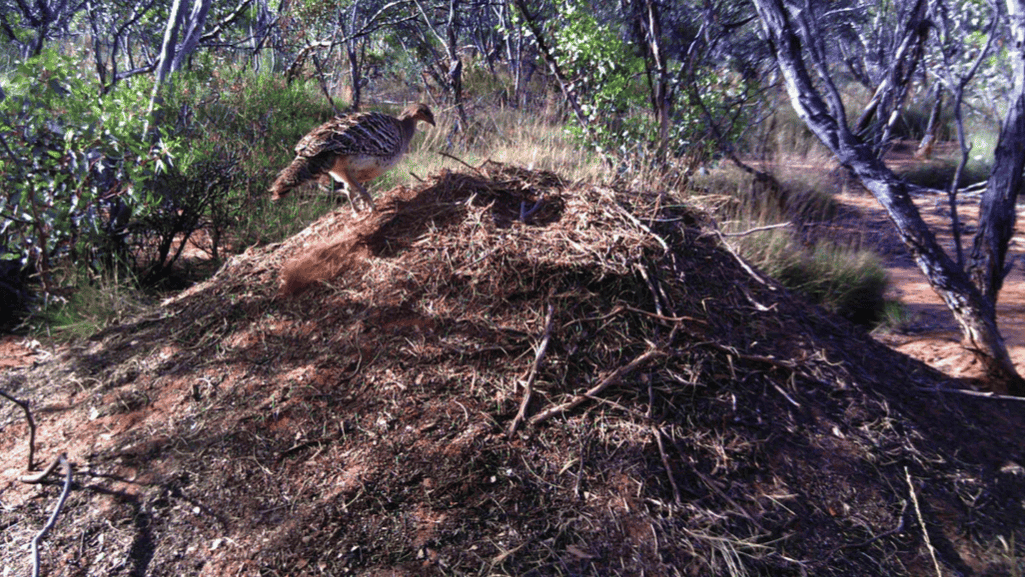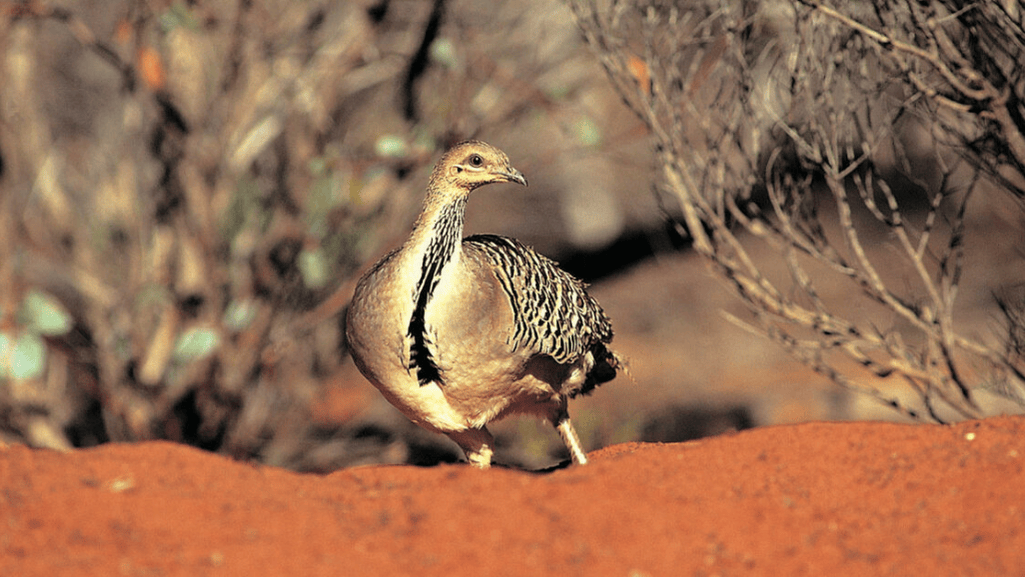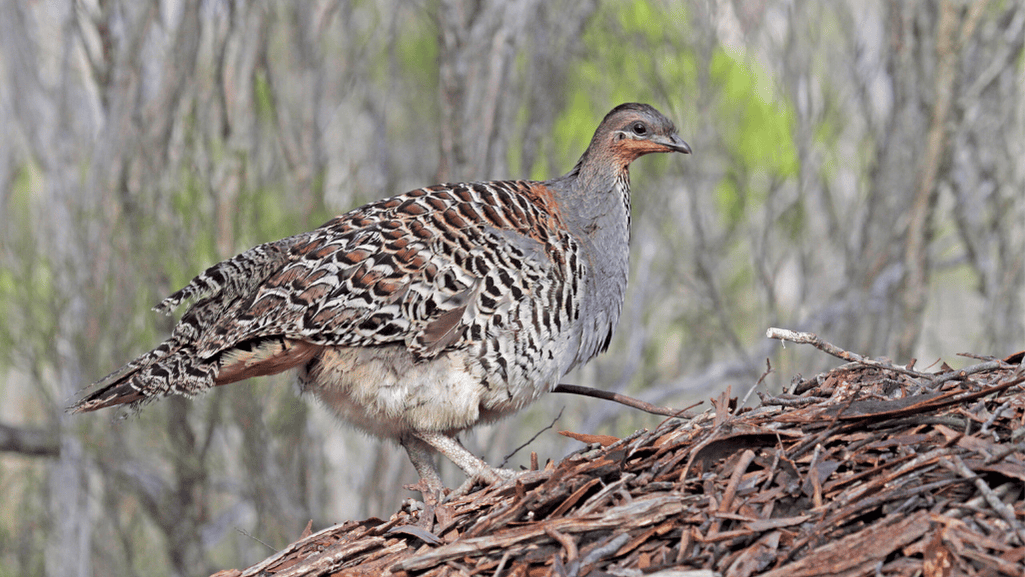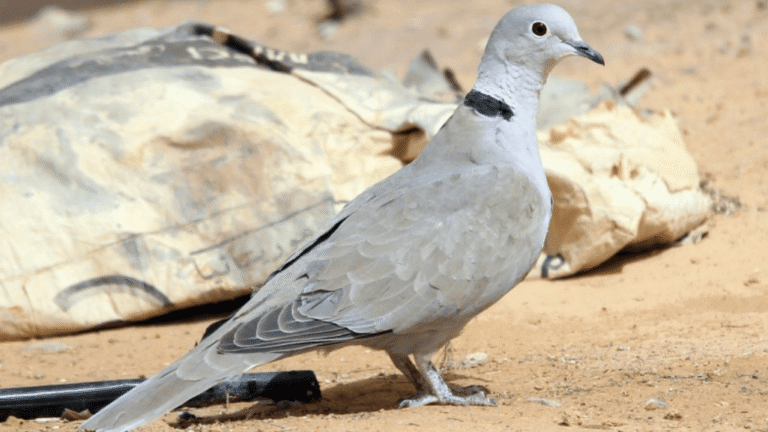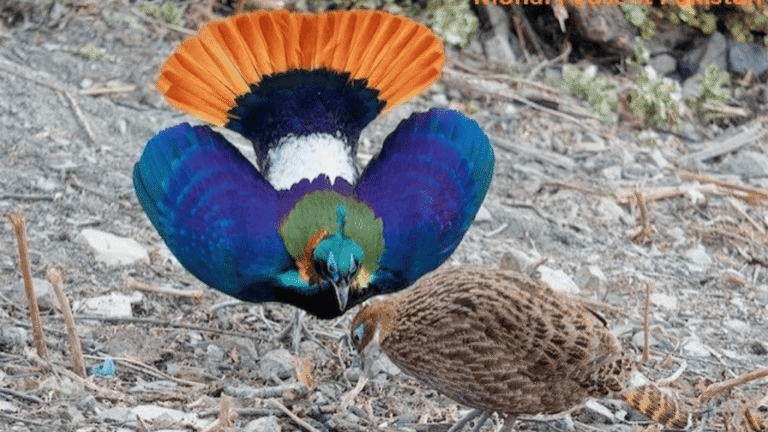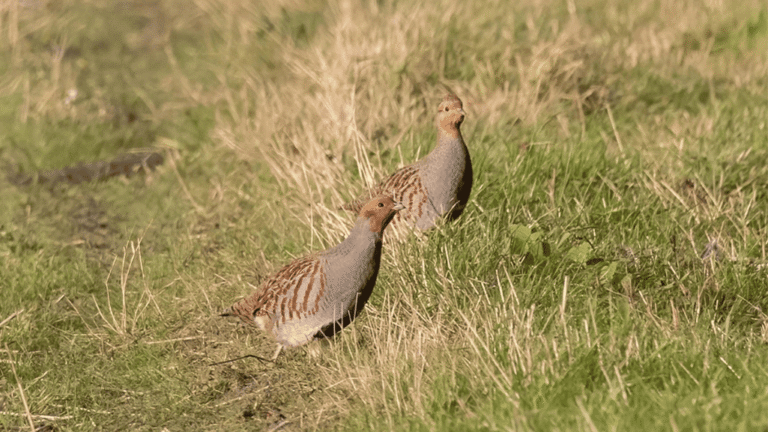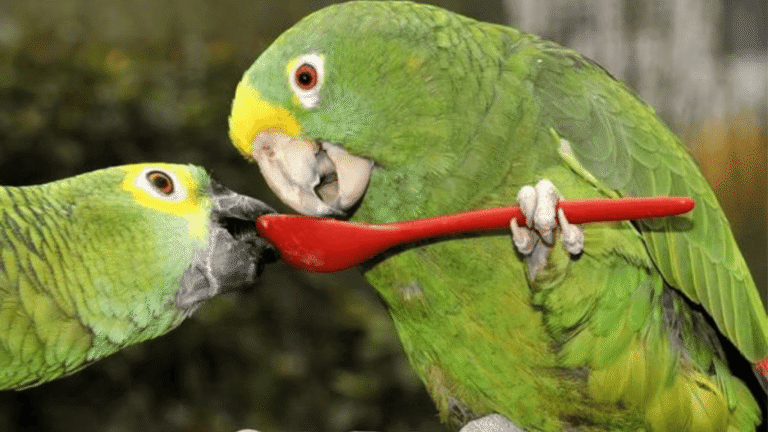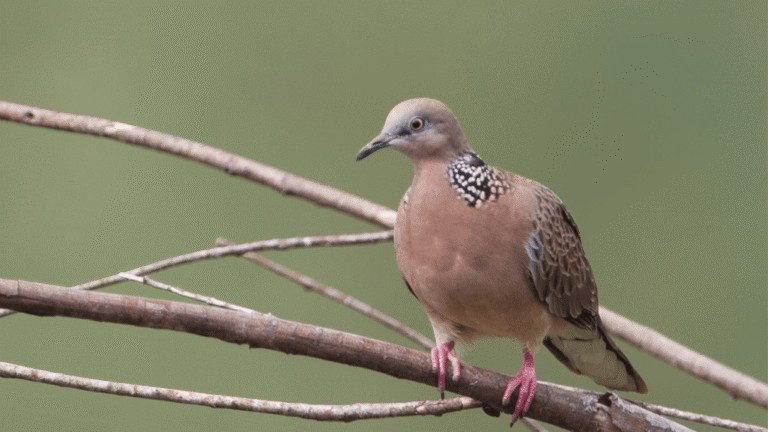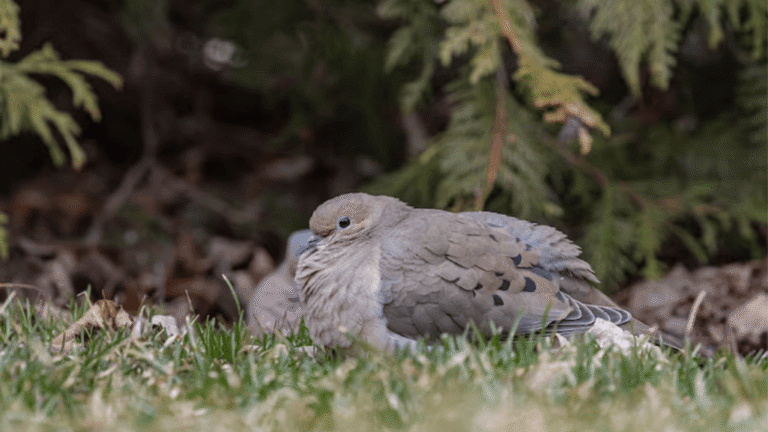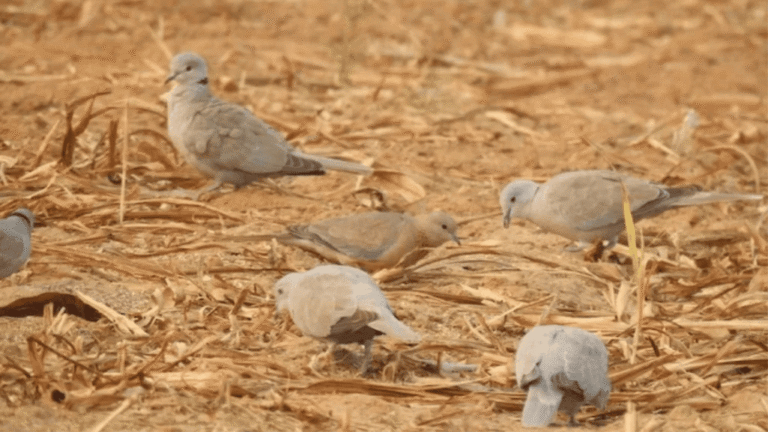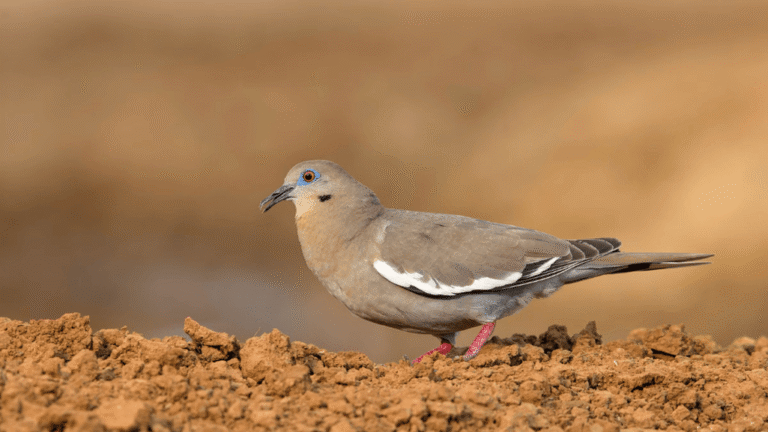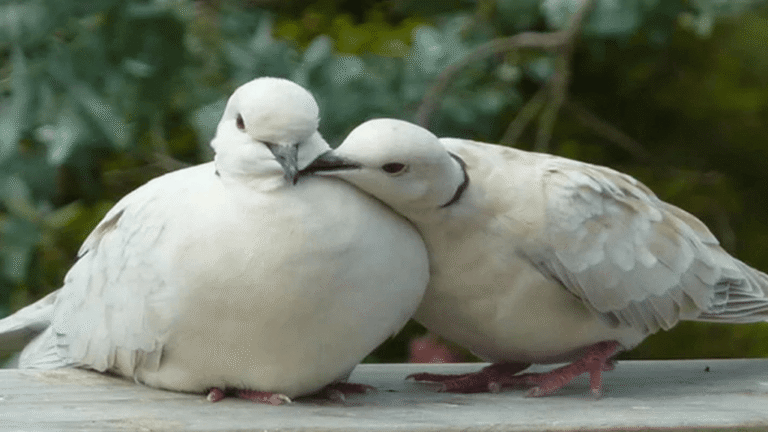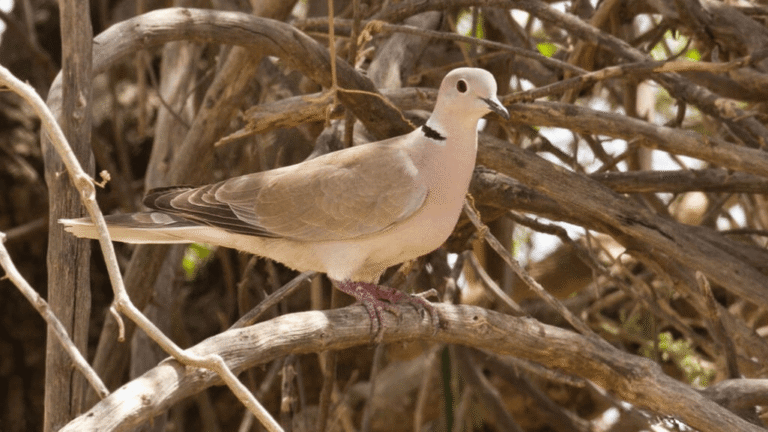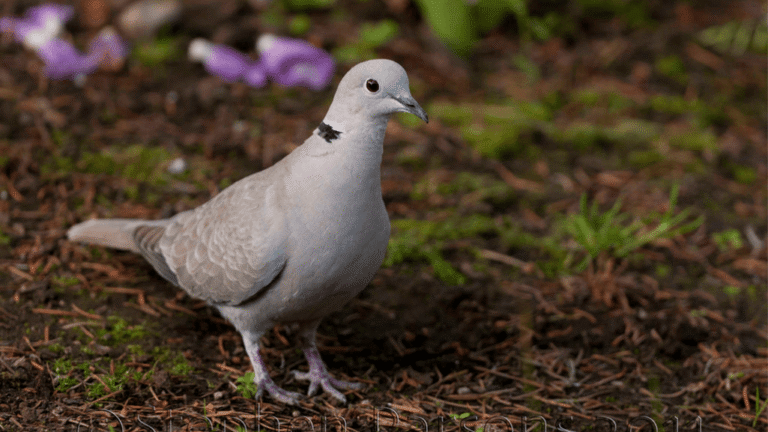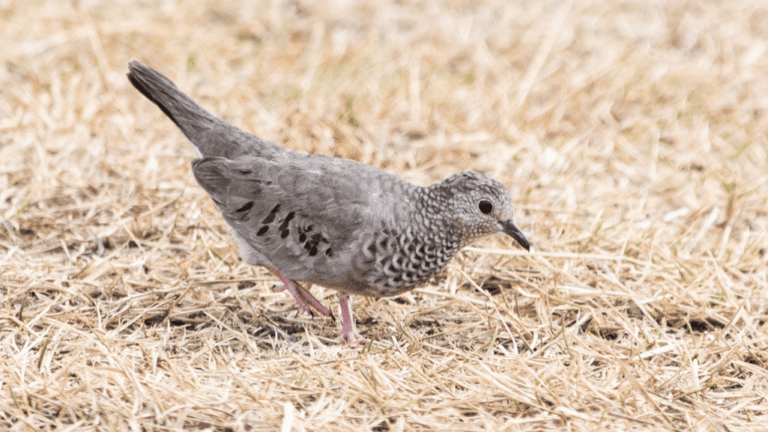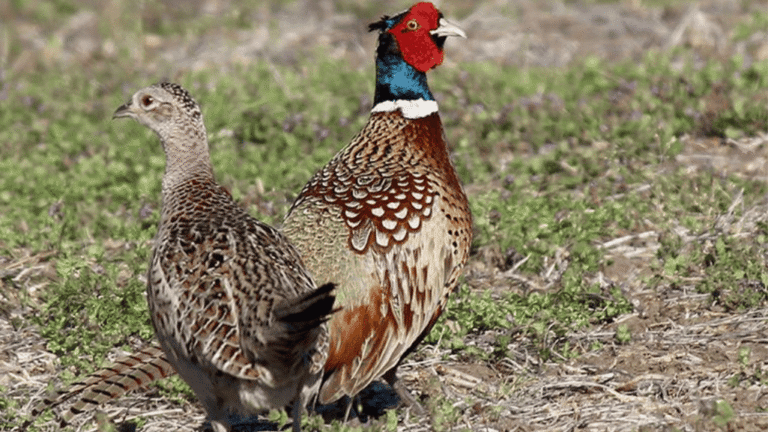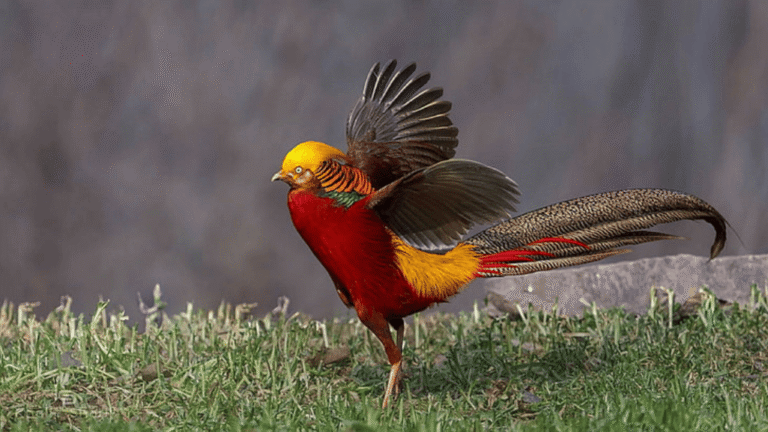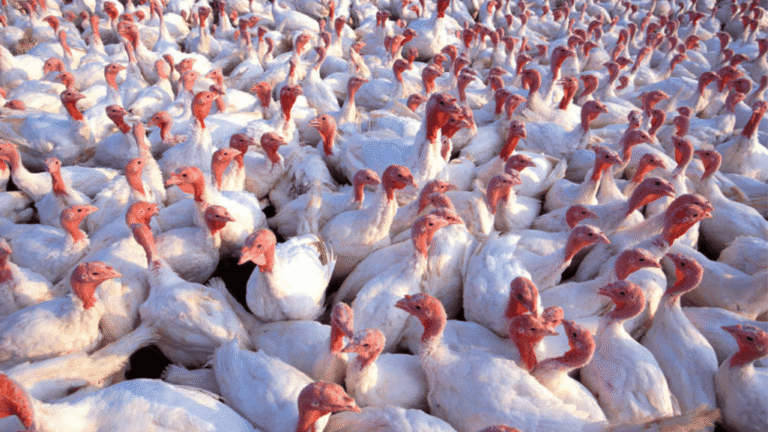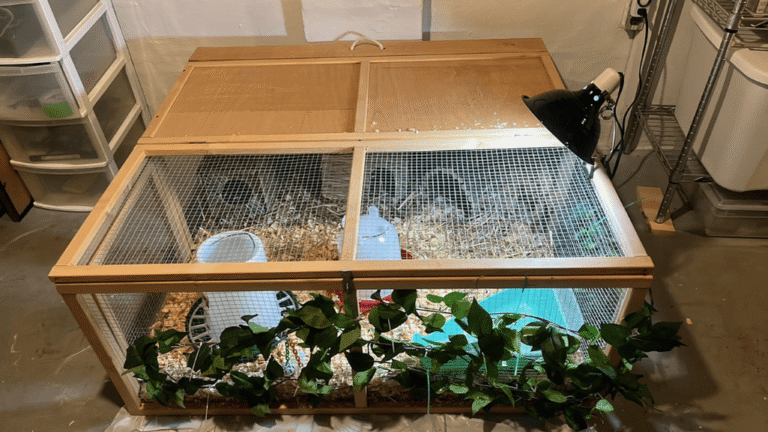Malleefowl (Leipoa ocellata) are a rare ground‑nesting bird native to Australia’s arid mallee landscapes. The species is the only living representative of the genus Leipoa and is about the size of a domestic chicken; males build large soil-and-leaf mounds that incubate the eggs laid by the female. Malleefowl inhabit semiarid mallee scrub across several Australian states — notably Western Australia, South Australia, Victoria and central New South Wales — although their range and populations have contracted in many areas.
Key Takeaways:
- The malleefowl is a distinctive Australian mallee bird and the sole living Leipoa species.
- Males construct and maintain large nesting mounds that regulate temperature for egg incubation.
- Females lay eggs in a cavity near the mound surface; chicks hatch fully independent.
- Malleefowl occur in semiarid mallee habitats across WA, SA, Victoria and central NSW, but populations have declined in many areas.
- They act as ecosystem engineers: mounds influence soil, vegetation and local nutrient cycles.
Support malleefowl recovery — find local groups and volunteer or donate via the Victorian Malleefowl Recovery Group and other state recovery programs (see links in the conservation section).
Malleefowl behaviour and breeding
Overview
Malleefowl are secretive, largely solitary birds that use cryptic plumage to avoid detection. They are most active at dawn and dusk and usually freeze or slip into cover when disturbed. Their remarkable breeding system centres on the male-built nesting mound — a carefully constructed heap of soil and organic material that acts as a natural incubator for eggs laid by the female.
Breeding cycle and pair bonds
Malleefowl typically follow an annual breeding season that is influenced by local rainfall and food availability. Many pairs are long‑term and may remain associated across seasons; however, the frequency of lifelong bonds varies between populations (see primary studies for details). During the breeding season males intensify mound maintenance and patrol a small territory around their mound.
Mound construction and materials
Males build and maintain mounds using soil, sticks, bark, fallen leaves and leaf litter. Typical mound dimensions vary by site but commonly reach over 2 metres in diameter and up to about 1 metre high — managers should record local measurements in metres or feet. The male adds and removes material to control the internal temperature and moisture regime of the mound.
Incubation and eggs
Eggs are laid in a shallow cavity at the mound surface. Depending on location and seasonal conditions, a female may lay several eggs across the season; typical clutch sizes and egg mass vary — include site-specific numbers from local surveys when available. Incubation within the mound is managed by the male through adjustment of cover and periodic body contact at the mound surface; measured internal mound temperatures are usually within a stable range suitable for successful development. Incubation can be lengthy — consult state recovery resources for precise day counts for your area.
Hatching and chick survival
Chicks hatch fully developed and emerge without parental feeding; they rely on camouflage to avoid predators and begin foraging soon after emergence. Survival rates are influenced by predator pressure (foxes and feral cats), habitat quality, and seasonal conditions such as drought. Detailed local monitoring (mound checks, camera traps) provides the best estimates of chick survival in each area.
Nesting process at a glance
- Male builds and maintains mound using soil, sticks, bark and leaf litter (site-specific dimensions often >2 m diameter).
- Female lays eggs in a shallow cavity at the mound surface; several eggs may be laid across the season.
- Male regulates mound temperature and moisture by adding or removing material and brief body contact at the surface.
- Chicks hatch fully developed, emerge unaided and begin foraging within hours to days, relying on camouflage to survive.
Malleefowl distribution and habitat
Malleefowl occupy semiarid mallee scrub — areas dominated by low‑growing eucalyptus and a deep layer of leaf litter. Their range covers parts of southern mainland Australia including Western Australia, South Australia, Victoria and central New South Wales. Distribution is patchy: populations persist where suitable habitat (sandy or well‑drained soil, intact leaf litter and native understorey) remains.
The malleefowl’s range has shrunk from its historical extent; habitat loss, fragmentation and altered land use have reduced populations in many areas. For current range maps and jurisdictional listings (IUCN and state threatened species registers), consult state government pages and BirdLife Australia.
| Key distribution areasKey habitat features | |
| New South Wales (Central NSW Mallee) | Eucalyptus mallee, intact understorey, adequate leaf litter and insect food resources |
| Western Australia | Sandy substrates, good leaf litter accumulation and low grazing pressure |
| South Australia (Gawler Ranges) | Low‑growing eucalypts, patchy mallee with available nesting sites |
| Victoria (Little Desert and other reserves) | Areas with sparing tree cover and good availability of nesting substrate |
To build nesting mounds malleefowl need well‑drained sandy or loamy soil and an abundant supply of leaf litter and fallen vegetation. Leaf litter depth and availability of material influence mound insulating properties and moisture regulation; where leaf and litter supplies are reduced by land clearance, grazing or inappropriate fire regimes, mound construction and hence breeding success decline. For site-specific measurements (mound dimensions in metres or feet, preferred litter depths) refer to regional recovery plans and published field studies.
Importance of malleefowl in ecosystems
Malleefowl are ecosystem engineers: by building and reworking large nesting mounds they create small, nutrient‑rich patches that alter soil chemistry and vegetation structure. Studies show mound soil often contains higher levels of nitrogen and phosphorus than the surrounding ground, supporting a different plant assemblage and boosting local fertility.
Beyond nutrients, malleefowl movement and foraging help redistribute organic matter and seeds, supporting plant diversity across mallee areas. Mounds also alter microtopography and soil texture, creating microsites where certain native species establish more readily than on surrounding soil. These combined effects contribute to ecosystem resilience and function in semiarid mallee habitat.
Malleefowl mound construction also has implications for fire behaviour. The mixing and displacing of soil and litter during mound building reduces continuous fine fuel in immediate areas, which can locally reduce the rate of fire spread and flame intensity. While mounds are not a substitute for landscape fire management, they provide a localised moderation of fuel loads that can benefit plant regeneration in long‑unburnt patches.
The combined effects of nutrient concentration and fuel modification underline why conserving malleefowl and their mounds supports broader ecosystem health. Managers should consider mound protection when planning grazing, burning or development, because damage to mounds reduces soil fertility patches and the associated ecological benefits.
Malleefowl nutrient distribution comparison
| Average nitrogen levels (mg/kg)Average phosphorus levels (mg/kg) | ||
| Malleefowl mounds | 12.5 | 4.8 |
| Surrounding areas | 9.2 | 2.7 |
List of malleefowl ecosystem impacts:
- Creation of nutrient-rich patches through nesting mound construction
- Enhancement of soil fertility with higher nitrogen and phosphorus levels
- Improved nutrient distribution through foraging and movement
- Contributions to fire regulation by reducing fuel availability
Threats to malleefowl and conservation status
Malleefowl populations face several interacting threats. The main drivers are habitat loss and fragmentation, predation by introduced species, and altered fire regimes. These pressures reduce available nesting sites, lower breeding success and increase juvenile mortality.
Habitat loss and fragmentation
Clearing for agriculture, infrastructure and inappropriate grazing remove mallee habitat, reduce leaf litter and compact soil — all harmful to mound construction and nesting. Loss of connectivity isolates populations, making local extinctions more likely. Restoring and protecting mallee habitat is a priority action in regional recovery plans.
Predation by introduced species
Foxes and feral cats are the principal introduced predators. They take eggs, chicks and occasionally adult birds, and are associated with lower nesting success where control is lacking. Effective predator management (targeted baiting, trapping and exclusion fencing at priority sites) is a cornerstone of many local recovery programs.
Altered fire regimes and drought
Malleefowl rely on long‑unburnt patches for nesting. Too frequent or high‑intensity fires can destroy mounds, remove leaf litter and reduce suitable nesting areas. Extended droughts also reduce breeding activity by limiting food and litter availability; climate variability therefore compounds other threats.
Conservation status
The malleefowl is listed as Vulnerable at the national level and on the IUCN Red List; state listings vary and should be checked on jurisdictional registers. Recovery plans (national and state) set out priority areas and actions for monitoring, predator control and habitat management — see links to recovery groups and plans in the Important Bird Areas section.
Recommended conservation actions (practical)
- Annual standardised mound monitoring (mound counts, occupancy indices and photographic records) to track population trends and identify priority areas for recovery.
- Targeted predator control at priority sites (strategic baiting, trapping and exclusion fencing) combined with monitoring to measure effectiveness.
- Fire regimen management to keep key breeding patches long unburnt while using planned burns at larger scales to reduce high‑intensity wildfire risk.
- Habitat protection and restoration: retain leaf litter, reduce grazing pressure and create corridors to connect remnant populations.
Local recovery groups and government programs provide guidance and opportunities to help — consider volunteering, reporting mounds and supporting predator control or habitat restoration in your area. For specific national recovery documents and state action plans, consult the Victorian Malleefowl Recovery Group and relevant state conservation agencies.
Important Bird Areas and conservation organisations
Several designated Important Bird Areas (IBAs) and reserves across southern mainland Australia are key to malleefowl conservation. These IBAs protect core habitat, support monitoring and provide a focus for regional recovery and management efforts. Below are some well‑known IBAs and regional groups active in recovery work.
- Central NSW Mallee — an IBA and priority recovery area supporting remnant populations and long‑unburnt mallee habitat
- Gawler Ranges (SA) — a region with important malleefowl habitat and ongoing monitoring
- Little Desert (VIC) — protected reserves where coordinated management and monitoring occur
Malleefowl conservation organisations and community groups lead much of the on‑ground work. They run monitoring programs, coordinate predator control, advise on fire management and engage landholders in habitat protection.
- Malleefowl Preservation Group — community volunteers who monitor mounds and report sightings
- Victorian Malleefowl Recovery Group — coordinates regional recovery actions and provides resources for land managers
These groups collaborate with government agencies on national recovery and regional management programs. They also provide volunteer opportunities: reporting mound locations, joining annual mound counts, helping with predator control and participating in habitat restoration.
| Important Bird AreasLocation | |
| Central NSW Mallee | New South Wales |
| Gawler Ranges | South Australia |
| Little Desert | Victoria |
Conclusion
The malleefowl is a remarkable mallee species whose mound‑building shapes soil, vegetation and nutrient patterns across Australia’s arid woodlands. Protecting its remaining habitat and the mounds themselves preserves these ecosystem benefits as well as the species.
Pressing threats — habitat loss, introduced predators and changing fire and drought patterns — mean populations remain vulnerable. Continued conservation management, monitoring mound occupancy and targeted predator control are essential to boost population resilience.
How you can help: report malleefowl mounds to local recovery groups, volunteer for annual mound counts, support predator control and back regional recovery plans. See the Important Bird Areas and conservation organisations section for links and contact details to get involved.


